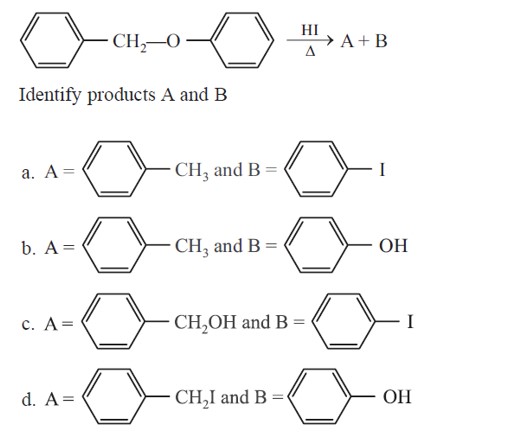Chemistry Coordination Compounds
Get insights from 136 questions on Chemistry Coordination Compounds, answered by students, alumni, and experts. You may also ask and answer any question you like about Chemistry Coordination Compounds
Follow Ask QuestionQuestions
Discussions
Active Users
Followers
New answer posted
2 months agoContributor-Level 10
Formation of passive layer of Fe? O? on the surface of Fe and NO? gas is evolved
[Co (NH? )? ]³? is diamagnetic (t? g? eg? ) and is inner orbital complex
New answer posted
2 months agoContributor-Level 10
Stability constant are :
K1 = 104
K2 = 1.58 * 103
K3 = 5 * 102
K4 = 102
Overall stability constant K will be
K = K1 * K2 * K3 * K4
= 7.9 * 1011
Now, overall equilibrium constant for dissociation of [Cu (NH3)4]2+ is
= 1.26 * 10-12
So; x = 1 (Rounded off to the nearest integer)
New answer posted
2 months agoContributor-Level 10
3 [Co (en)? Cl? ]Cl + 3AgNO? (excess) → 3AgCl↓ (ppt) + 3 [Co (en)? Cl? ] NO?
Secondary valency of complex = 6
New answer posted
2 months agoContributor-Level 10
[Mn (CN)? ]³? → Mn³? i.e 3d? → t? g? , eg? (d²sp³), CN? is strong field ligand.
[Fe (CN)? ]³? → Fe³? i.e 3d? → t? g? , eg? (d²sp³), CN? is strong field ligand.
[Co (C? O? )? ]³? → Co³? i.e, 3d? → t? g? , eg? (d²sp³), C? O? ²? is strong field ligand.
[MnCl? ]? → Mn³? = 3d? → t? g²¹¹¹, eg¹¹? (4 unpaired e? ), Cl? is weak field ligand.
[FeF? ]³? → Fe³? = 3d? → t? g³¹¹, eg²¹¹ (5 unpaired e? ) F? is strong field ligand.
∴ S? and S? are true.
New answer posted
3 months agoContributor-Level 10
One edge of an cube is common to four unit cells. Hence One edge centre OV contribute 1/4 to one unit cell.
New answer posted
3 months agoContributor-Level 10
Homoleptic complexes have all ligands identical. Potassium trioxalatoaluminate (III) is K? [Al (C? O? )? ] which has only oxalate ion as ligand. All others have more than one type of ligands.
Taking an Exam? Selecting a College?
Get authentic answers from experts, students and alumni that you won't find anywhere else
Sign Up on ShikshaOn Shiksha, get access to
- 65k Colleges
- 1.2k Exams
- 681k Reviews
- 1800k Answers

